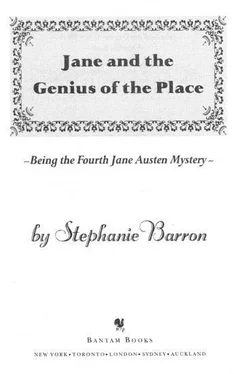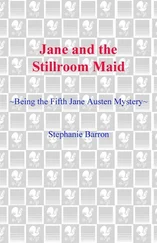Present-day visitors to Godmersham will be slightly confused by this description. The Canterbury road Jane describes is now the A28, and was rerouted well after her death (in the 1830s) beyond the far bank of the Stour. The Doric temple now has the road to its back, rather than standing in contemplation of it, as in Jane's day. — Editor's note.
The Secret Funds were monies voted annually by Parliament, and set aside for the government's use. No public inquiry as to their disposition was allowed; and while they were commonly used during the Napoleonic Wars for the payment of spies and the active sabotage of Bonaparte's government, in past eras the Secret Funds had defrayed the debts of royal mistresses, or purchased votes in corrupt parliamentary elections. — Editor's note.
Sothey is presumably speaking of the period around May 1803, when the Treaty of Amiens between England and France was broken. — Editor's note.
Alan Schom refers to this remarkable instance of intergovernmental cooperation in Trafalgar: Countdown to Battle, 1803–1805 , but the full story behind events is outlined for the first time here. — Editor's note.
Finch-Hatton had early news of the troop pullout, something we may attribute to George Canning and his Secret Funds. As historian Alan Schom points out in Trafalgar: Countdown to Battle, 1803–1805 , the French government's bankruptcy forced Napoleon to abandon the invasion of England and turn east to Austria, where he believed an easy land campaign would replenish his coffers. His instincts were richly rewarded. The Austrian indemnity alone at the Treaty of Pressburg amounted to forty million francs. — Editor's note.
Anne Sharpe eventually found even one child insupportable, and became a companion to Mrs. Raikes's crippled sister, a position she held for five years. She corresponded with Jane Austen up to the point of Jane's death; Cassandra sent her a lock of her sister's hair as a remembrance. By 1823, Anne Sharpe was die owner of a boarding school for girls in Liverpool, where she remained for nearly two decades. She died in retirement in 1853. — Editor's note.












